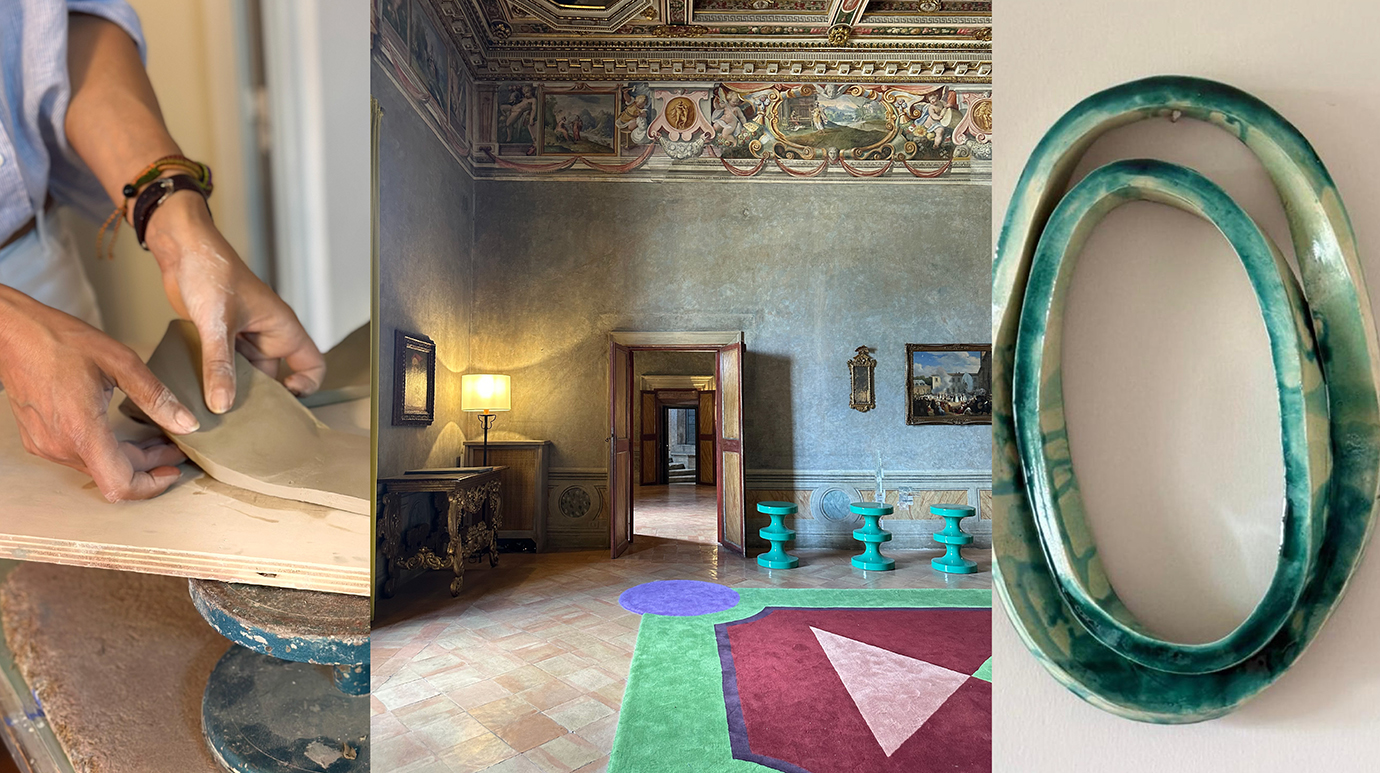For interior-designer and ceramic artist Simone Bresele, Rome functions as both a workplace and a continuous source of reference. It is not a city she views through a romantic lens, but rather as an environment that sharpens her attention to form, rhythm, and materiality. Living and working between several locations, she describes Rome as the place where architectural order meets everyday spontaneity, and where this tension directly feeds into her creative decisions.
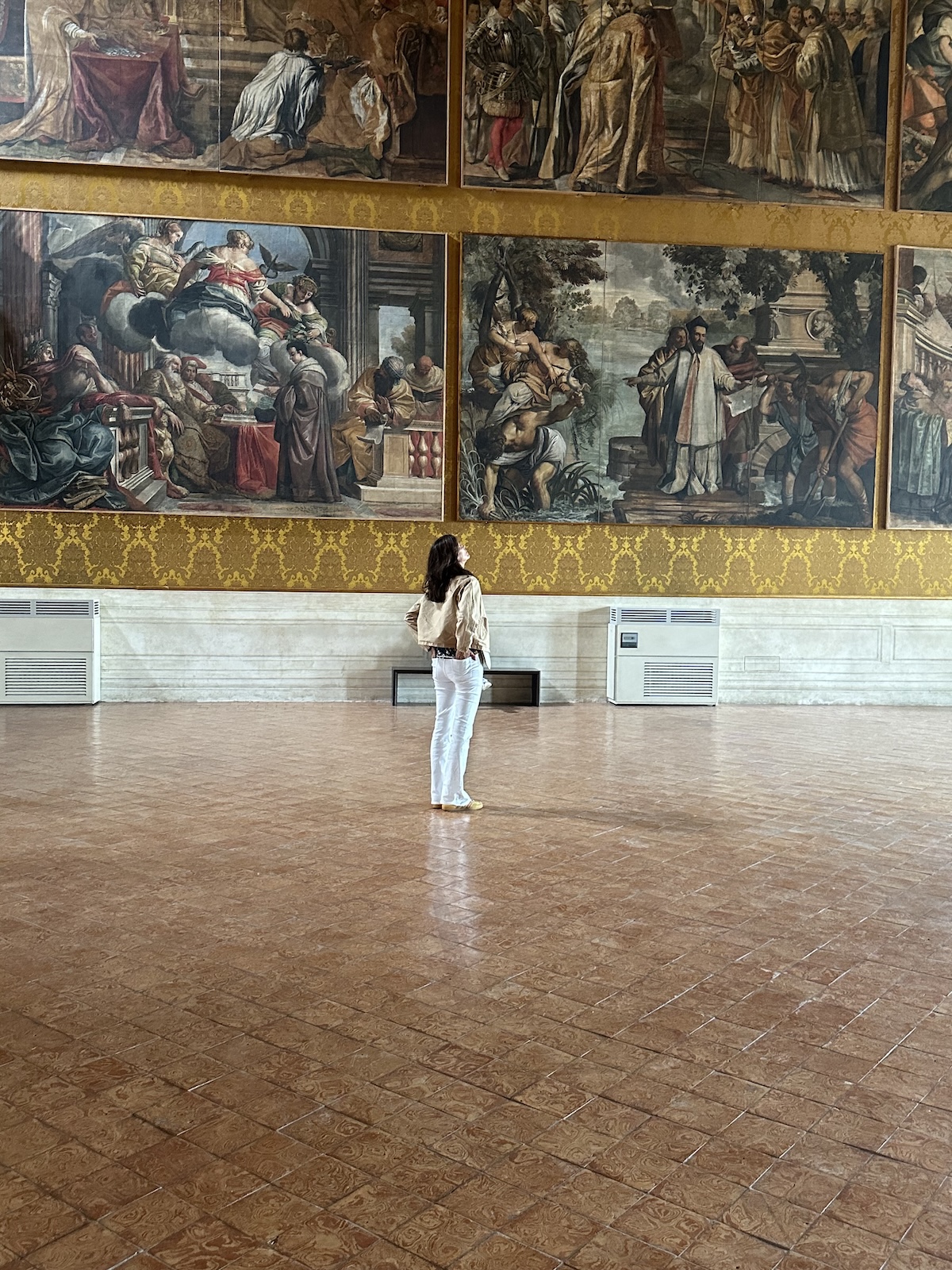
Rome’s architecture forms the most immediate influence. The city presents a layered panorama of classical structures, medieval streets, rationalist buildings, and ad-hoc neighbourhood adaptations. For Bresele, this mix offers a living archive of proportions, surface treatments, and spatial solutions. When she walks through districts like Monti, Testaccio, or the historic centre, she observes how façades are restored, how materials age, and how public spaces adapt to new uses. This constant exposure informs her understanding of structure. In her ceramics, for instance, she often works with controlled, architectural forms that deliberately carry a degree of irregularity—a balance she recognises everywhere in Rome’s built environment.
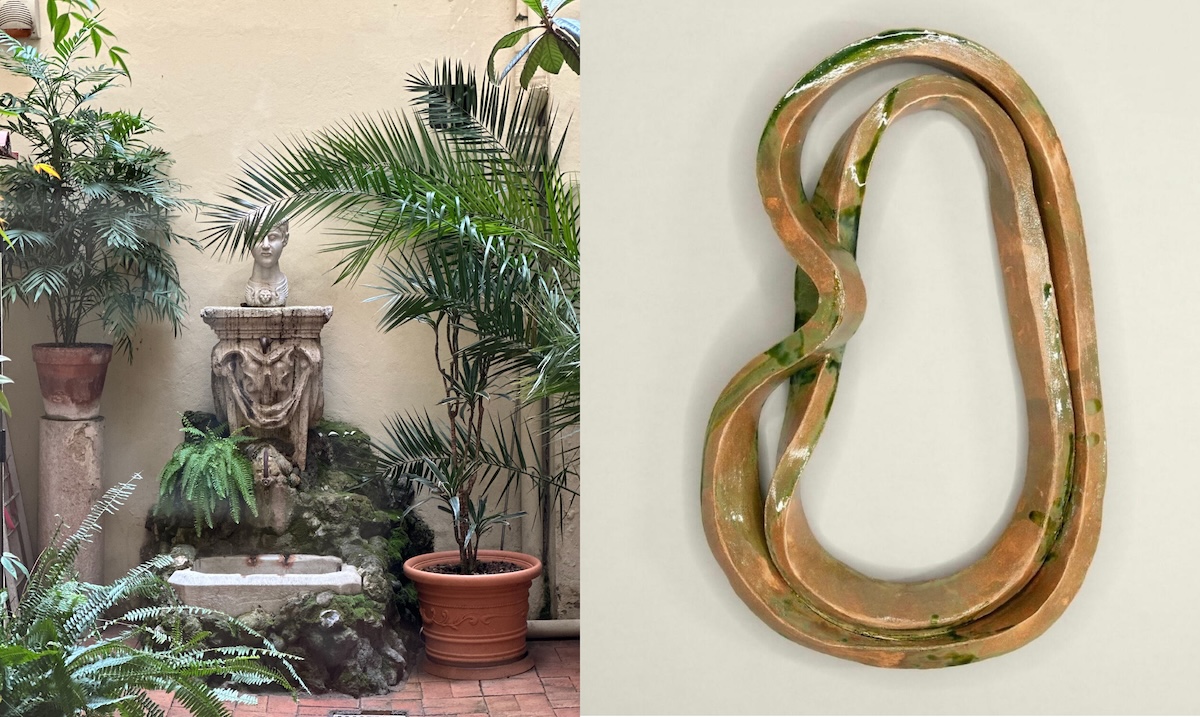
Light is equally significant in shaping her practice. Rome’s natural light—distinctive for its clarity and warmth—changes the appearance of buildings and objects throughout the day. Bresele pays close attention to how surfaces absorb, reflect, or diffuse this light. Travertine, volcanic stone, plaster, and terracotta all react differently, creating subtle shifts in colour and volume. This observation translates directly into her ceramic work, where she experiments with glazing and surface textures to create objects that interact with light rather than simply hold it. She often describes light in Rome as an “active design factor”, something she adjusts her materials and forms to respond to, rather than treat as a neutral condition.
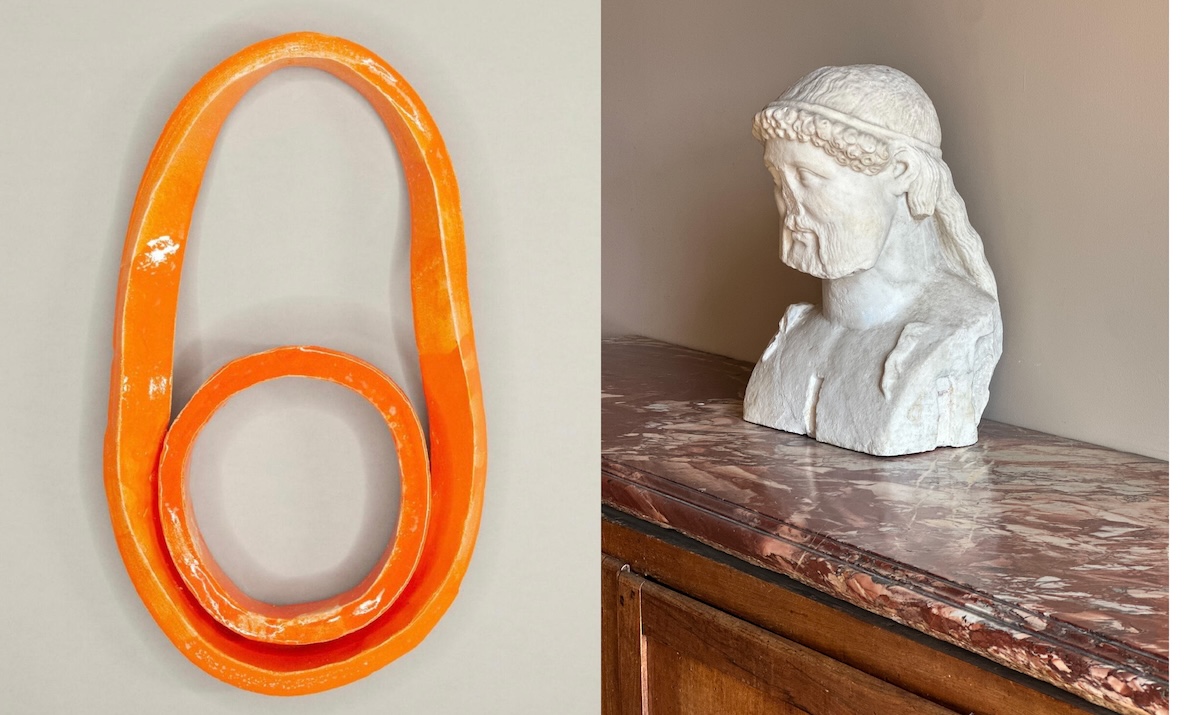
The city’s everyday life also contributes to her work. Rome is home to a broad network of artisans, fabricators, and small workshops, many of which operate with a mix of traditional techniques and practical improvisation. Bresele frequently collaborates with or sources from these local specialists. Their approach—skilled, time-tested, but adaptable—reflects her own working ethos. For example, ceramicists in Rome’s outskirts may still rely on kilns or tools passed down through generations, yet they remain open to experimenting with new forms or firing methods. Engaging with such people reinforces her belief that craftsmanship is a viable and necessary foundation for contemporary design.
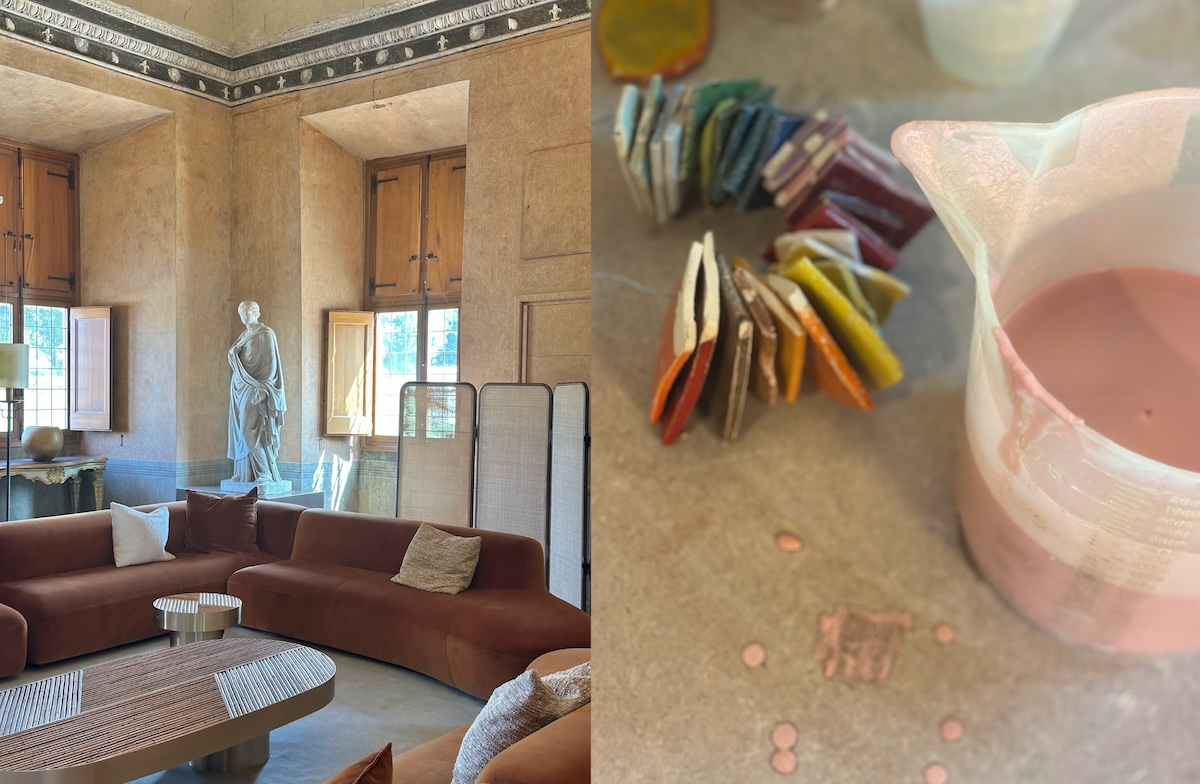
Cultural exposure forms another layer of influence. Rome’s museums, archaeological sites, and temporary exhibitions are woven into its everyday fabric. Bresele’s work is shaped not by singular “aha moments”, but by ongoing encounters: the geometry of ancient floor patterns at the Capitoline Museums, the restrained minimalism of rationalist architecture in EUR, or the material contrasts in contemporary exhibitions at MAXXI. These experiences accumulate and later surface in decisions about proportion, spacing, or the dialogue between materials.
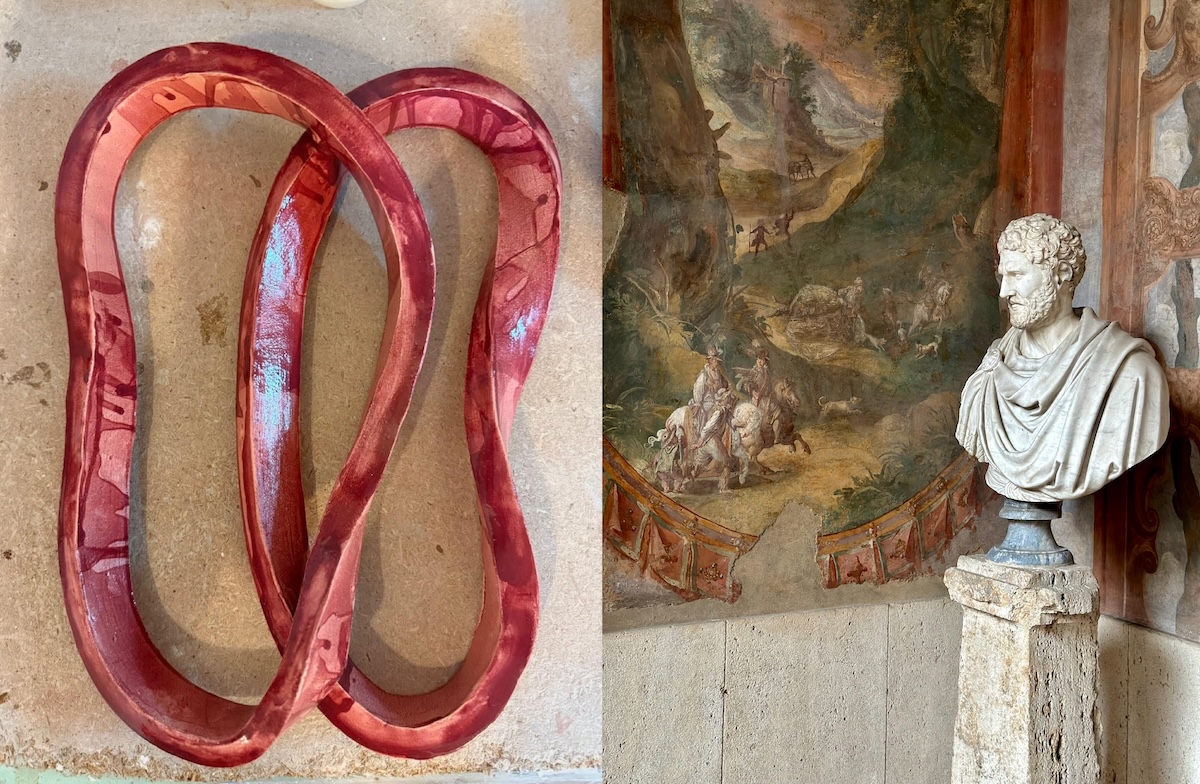
The city’s pace, often described as slow or unpredictable, has also shaped her working rhythm. Rome requires patience—whether navigating bureaucracy, construction delays, or its daily urban flow. For Bresele, this has become an asset rather than an obstacle. Her design process has adopted a more deliberate tempo, one that allows for reflection between stages of making. She often notes that Rome encourages close observation, a quality that benefits both her interior design projects and her ceramic work.

Ultimately, Rome’s influence on Bresele is defined by contrast. It is a city that demands attention to detail and rewards those who look closely. Its imperfections, constant repairs, and overlapping histories mirror her own interest in pieces that combine structure with tactility and refinement with traces of handwork. For Bresele, Rome acts not only as inspiration but as an everyday framework—a place where material, spatial, and cultural cues continually inform the evolution of her craft.

The images are excerpts from Simone Bresele’s Roman Diary.

